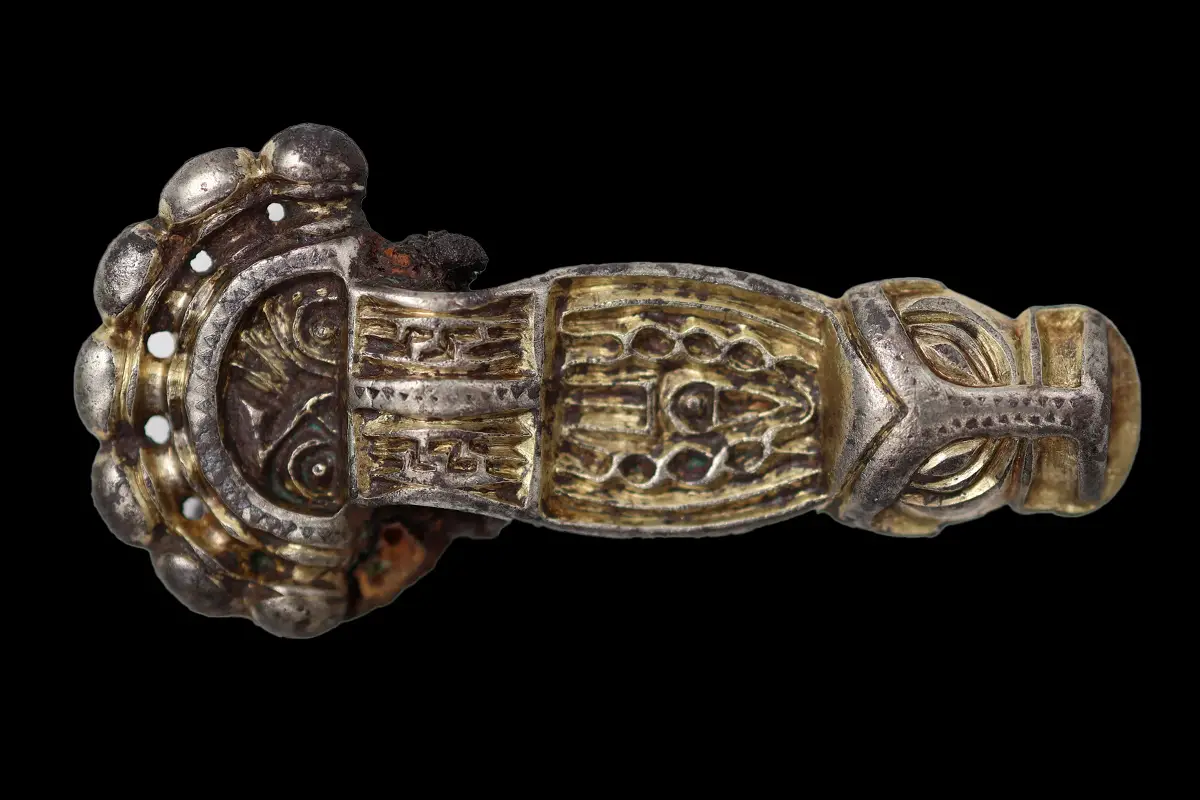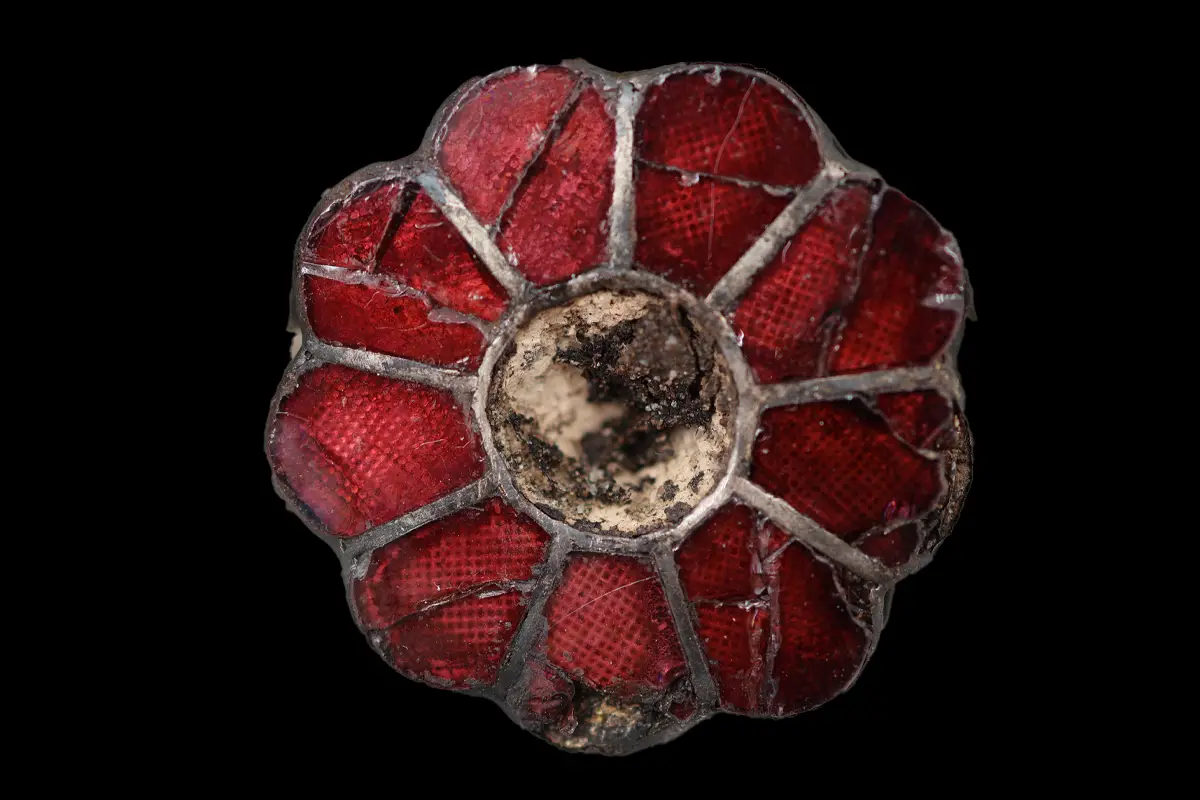Two graves from Bad Füssing in Germany are providing new insights into the splendor and conflict in early medieval Bavaria, as well as migration at the end of Roman rule.
What began as a routine excavation turned into a small archaeological sensation: In 2021, researchers uncovered a burial ground with around 90 graves in Bad Füssing (district of Passau).
Initially dated to the 6th and 7th centuries AD (the era traditionally associated with the early Bavarians) the site quickly drew attention, especially for the lavishly furnished grave of a woman soon dubbed the “Bavarian princess.”
But the project took an unexpected turn. Archaeologists from the Bavarian State Office for Monument Preservation (BLfD) noticed that other graves contained glass beakers, ceramic bowls, and early garment clasps that pointed to a much earlier period.
Radiocarbon dating of 16 selected burials confirmed their suspicions: the cemetery was already in use by the mid-5th century – about 120 years before the princess was laid to rest.
At that time, the Inn Valley was likely still under Roman administration, and the Bavarians had yet to appear in written sources. The findings reveal that migration into the region was already underway as Roman power waned.

Before Bavarian settlement began, other non-Roman groups lived along what is now the border area and buried their dead there.
“As spectacular as the princess’s grave goods are, gold garment clasps, pearl jewellery, an ivory ring – the older graves are even more important for research,” says Prof. Mathias Pfeil, Director General of the BLfD.
“We know very little about the period between the Roman withdrawal and the start of the Middle Ages. Archaeology is now helping us fill these gaps and better understand how settlement developed along the Inn during this turbulent era.”
Anthropological analyses shed further light on life in the Inn region during the time of the Saint Severinus of Noricum around 480 AD, the so-called “Severinus Horizon,” marking the end of Roman rule in the Eastern Alps.
The skeleton of one man, for instance, shows signs of violent conflict. A riding spur found in the grave and characteristic wear on his thigh bones indicate he was a horseman. His right leg suffered a sword blow, and two unhealed cuts to his skull likely caused his death. The evidence suggests a grim scenario: the rider may have been struck while mounted, fallen from his horse, and then killed on the ground.
Such discoveries offer vivid glimpses into the lives and deaths of the earliest inhabitants of the Inn Valley more than 1,500 years ago.
Header Image Credit : Korolnik Restoration
Sources : Bavarian State Office for the Preservation of Historical Monuments





